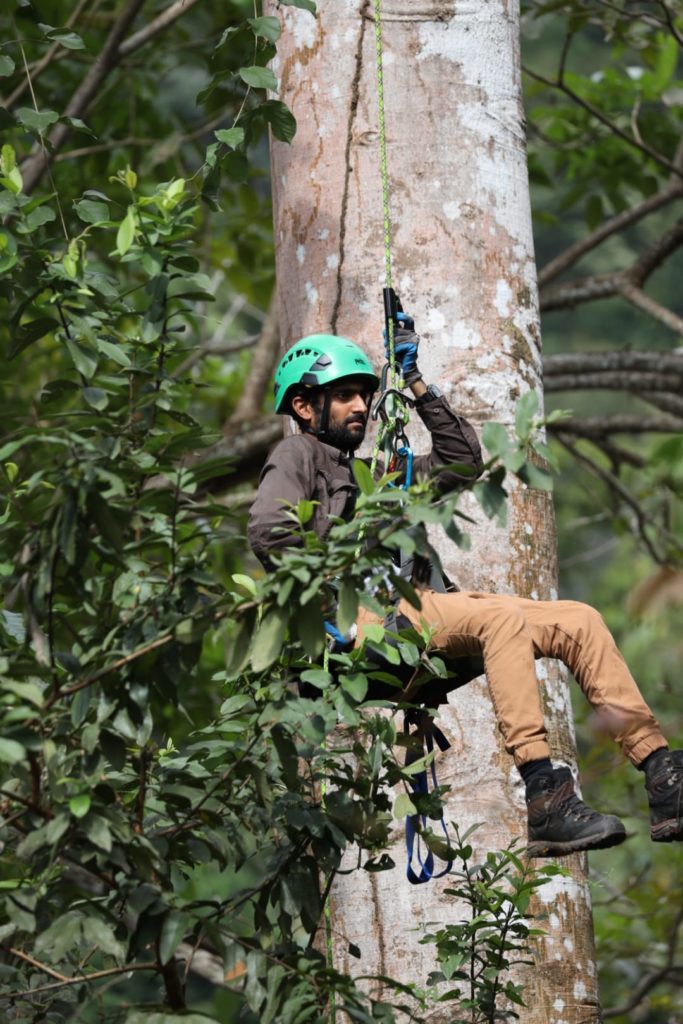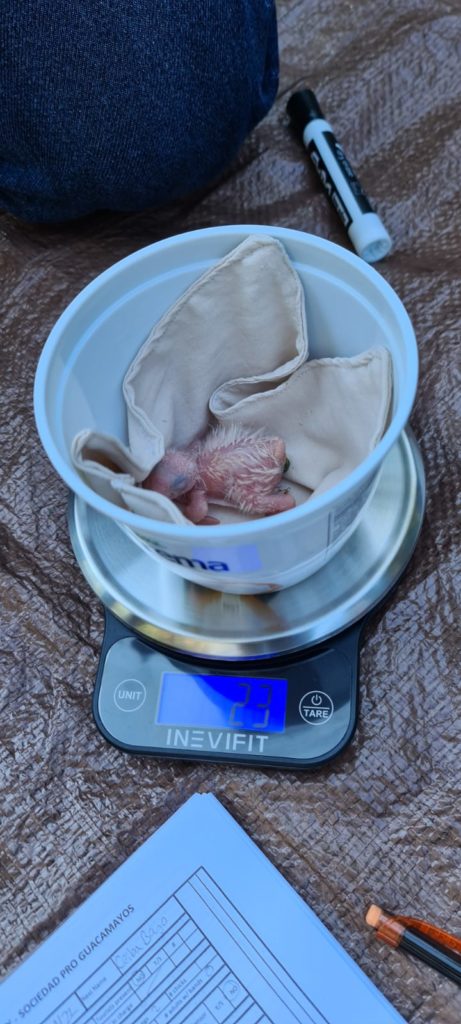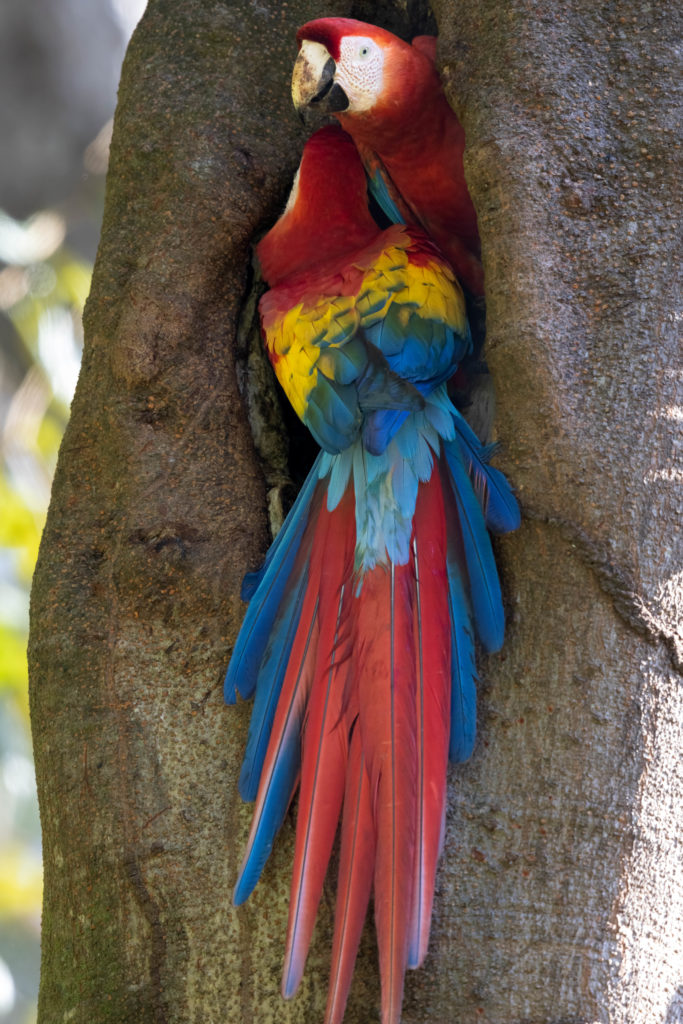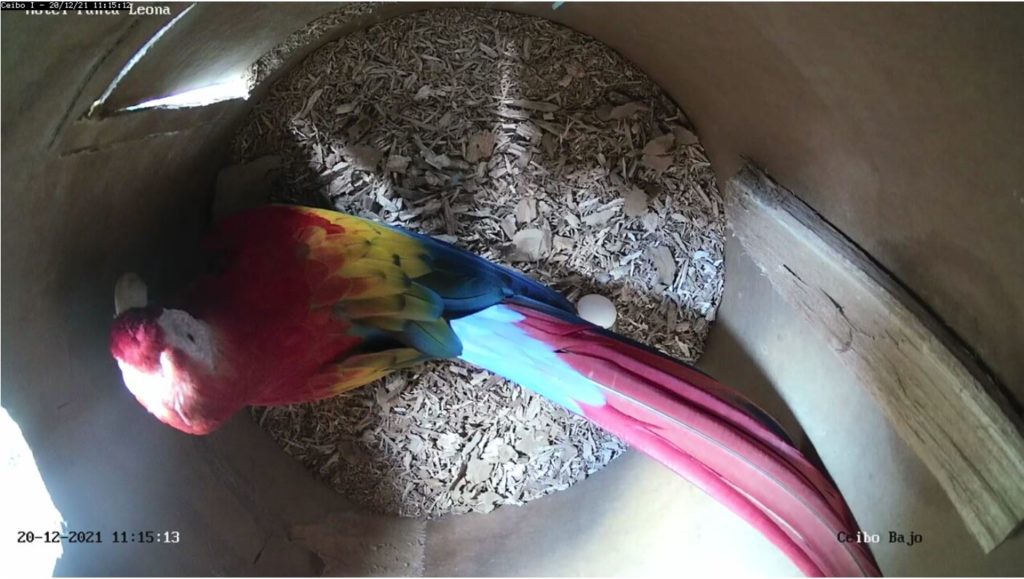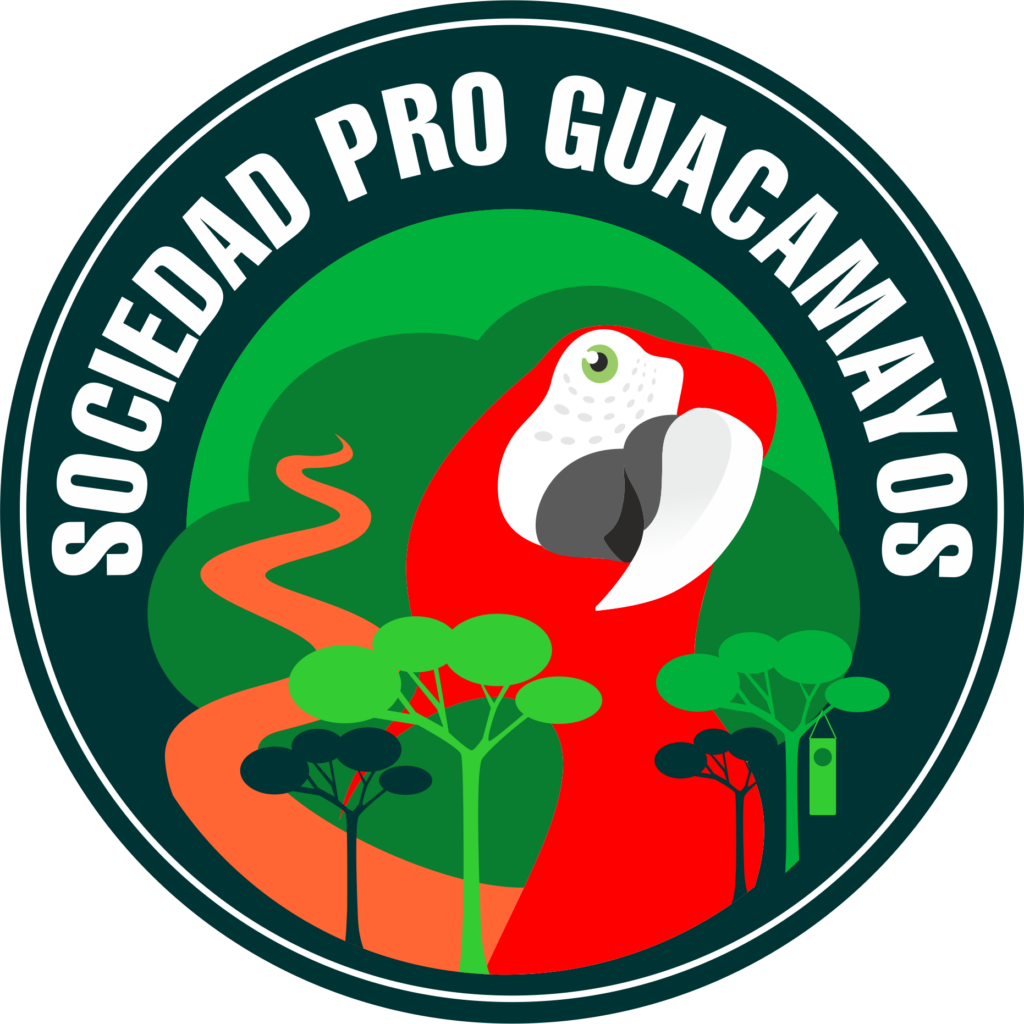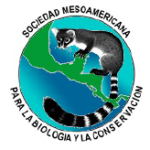Since 2018, The Macaw Society has been working together with Hotel Punta Leona and Dr. Vaughan to share ideas and techniques to help improve macaw research and conservation efforts.
Christopher Vaughan, Ph.D. is one of the pioneers in the study of macaws. For over thirty years he and his extensive teams of collaborators and supporters have worked with Scarlet Macaws on the Central Pacific Coast of Costa Rica. His work has mixed research, conservation, and environmental education and has helped speed the recovery of the Scarlet Macaw populations in the area.
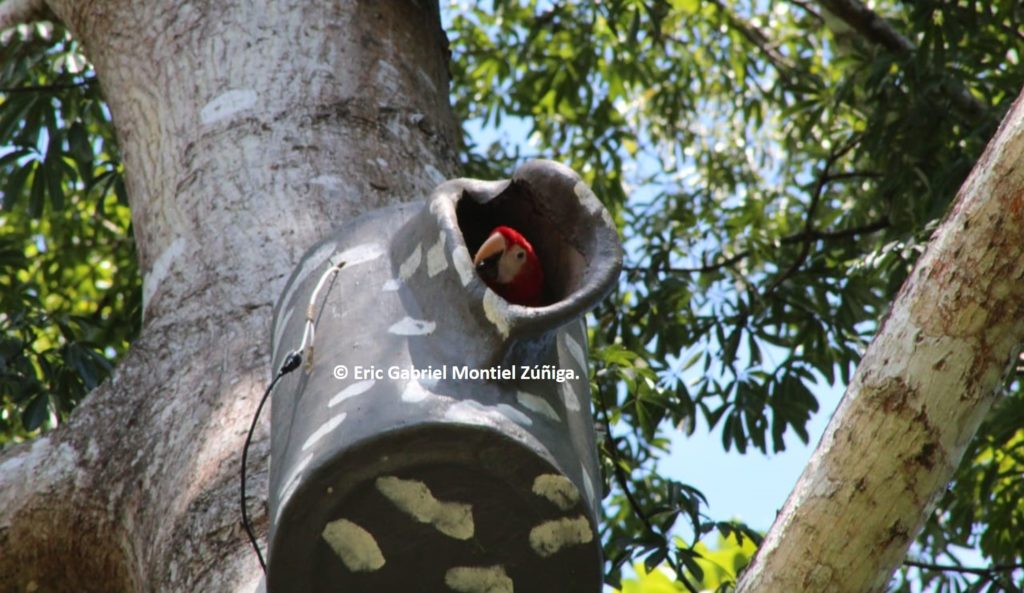
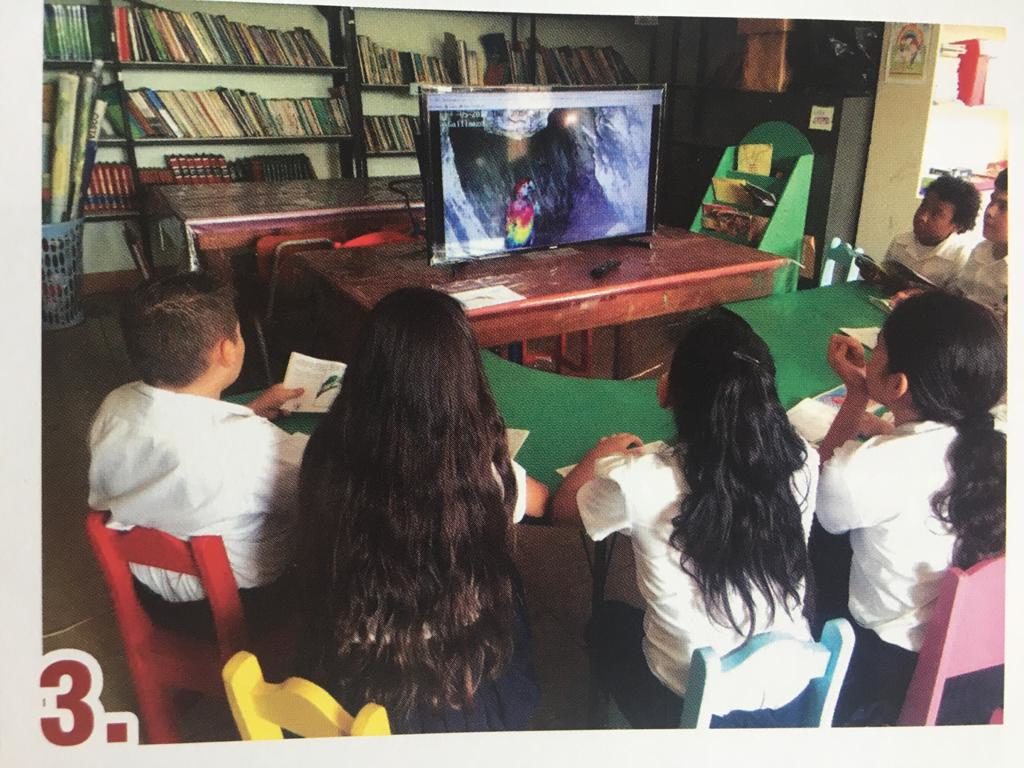
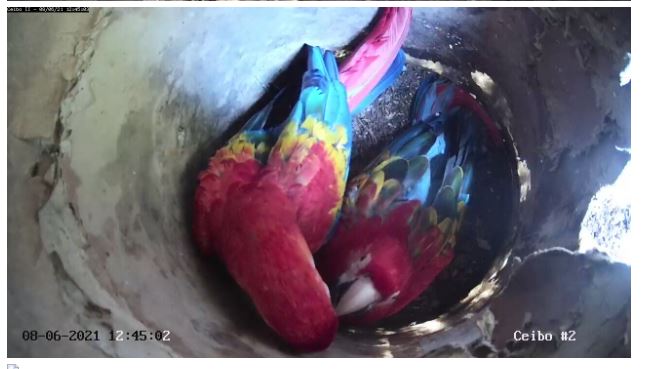
Research and conservation partnership with Hotel Punta Leona
Punta Leona Hotel https://hotelpuntaleona.com/ is a sustainable tourism destination located on the Pacific Coast of Costa Rica. For over twenty years, Punta Leona Hotel has supported the macaw conservation efforts of Dr. Chris Vaughan. The area now hosts a small population of Scarlet Macaws and other psittacines as well.
In 2021, The Macaw Society joined forces with Punta Leona Hotel to continue and expand on the important work of Dr. Vaughan.
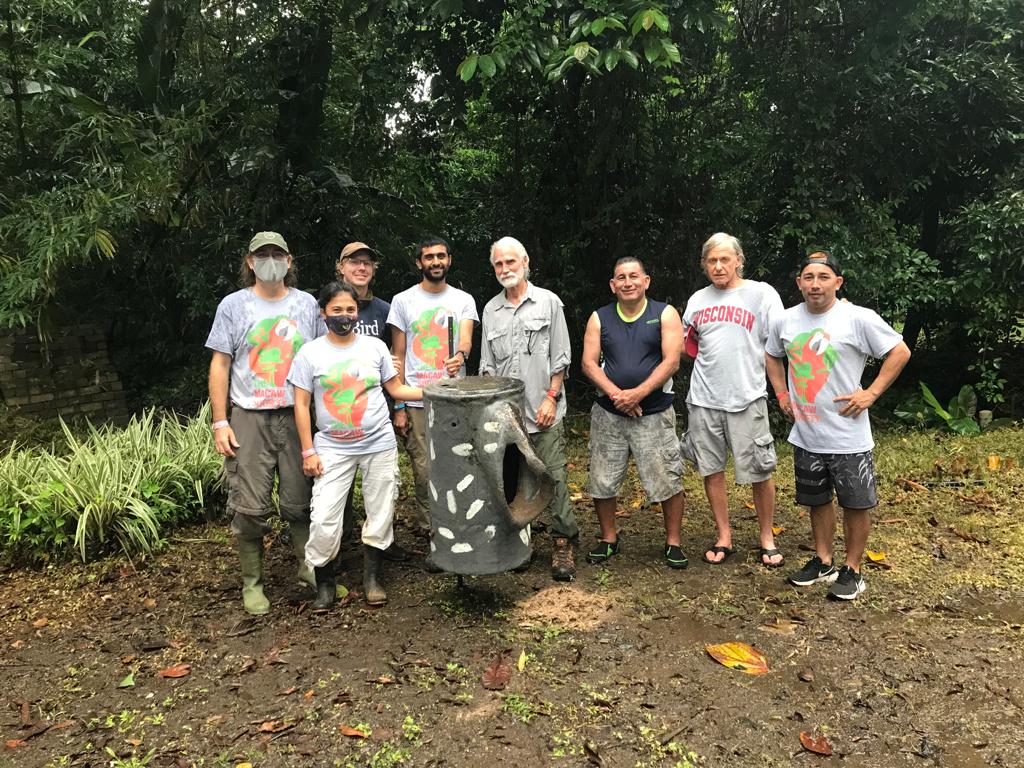
Starting on November 2021, we have a field team on site and have been daily monitoring macaw nests in the Punta Leona Hotel https://hotelpuntaleona.com/ grounds. Right now, we are setting up new investigations to learn more about the wild macaws to compare with our previous work in Peru.
One of those new investigations is part of a USDA Conservation Innovation Grant to create sensors that turn regular nest boxes into “smart nest boxes.” The sensors we built have a mini-weather station to measure the light, humidity, and temperature inside a nest. The system also has a GPS sensor to record the location and time of day. The cameras are programmable and can run simple programs such as timers and motion detection. The cameras can also run more complex programs, such as computer vision to recognize what is going on and report back to the research basecamp. Currently, we are collecting time-lapse photography and weather data, which is reported back to the base camp using a wireless network. We are looking forward to testing computer vision solutions to report to researchers what is going on in the nests. Reducing the number of hikes and tree climbs allows researchers to do more with their time and also reduces the amount of time humans spend in nests, reducing stress on humans and birds alike.
